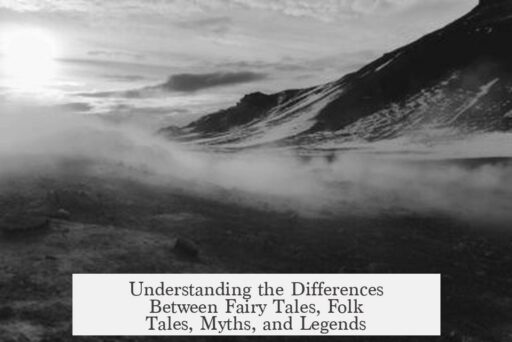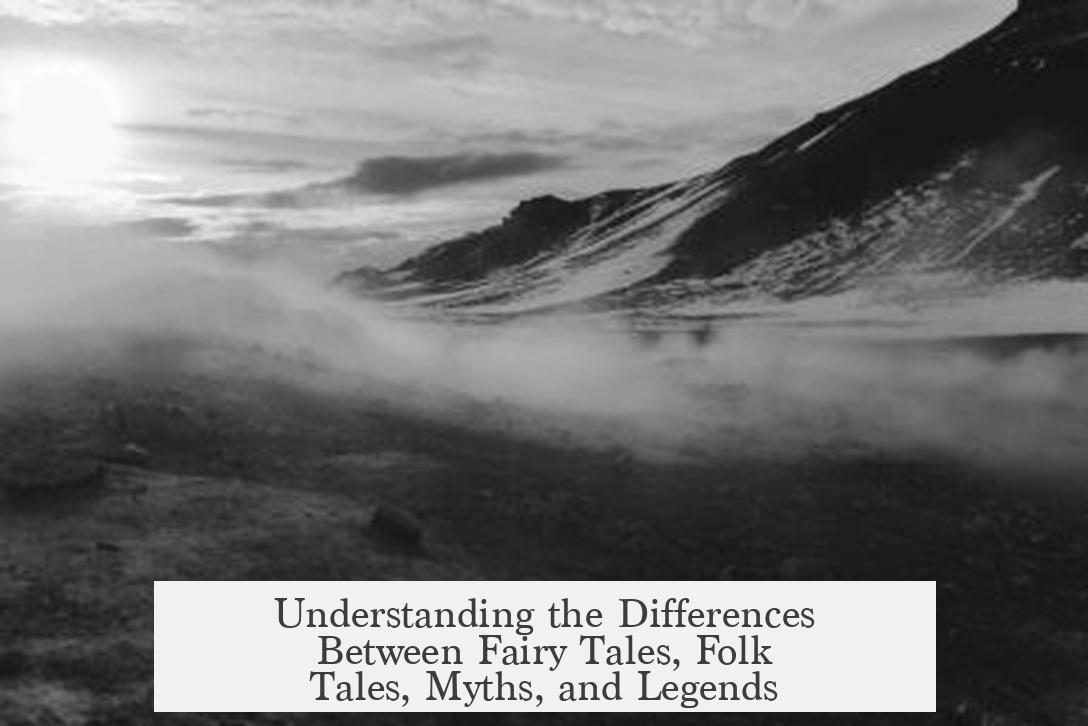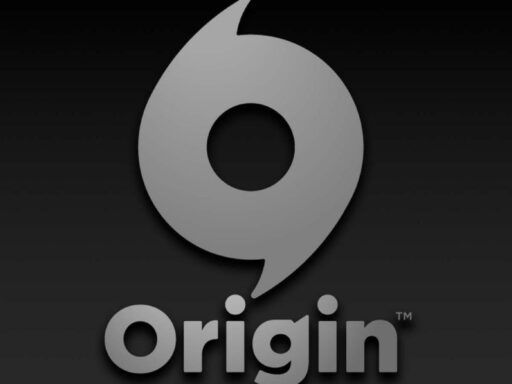The distinction between fairy tales, folk tales, myths, and legends lies in their origins, purposes, narrative features, and cultural contexts. Each of these storytelling forms has unique traits that influence how and when they are told, their intended audience, and the message they convey.
Folktales, also known by the German term Märchen, are fictional stories traditionally recounted during long winter nights. They typically have multiple episodes and take place in imaginary settings. Folktales are not meant to be believed literally. They usually end happily, reinforcing positive resolution and often featuring magical or fantastic events. Folklorists emphasize that folktales belong to an oral tradition shared among adults and may contain elements that today seem violent or sexual. The narrative style of folktales allows significant variation but maintains core structures recognized across cultures.
Legends differ notably from folktales in purpose and delivery. While folktales are fiction, legends are narratives that the teller intends the listener to believe. Legends are generally shorter, commonly involving a single episode and recounting extraordinary or historical events. They often serve as instructive tales, warning the audience against dangers or reinforcing cultural beliefs. Unlike folktales told at night, legends are told during the day. Their endings tend to be grim or cautionary rather than happy. Examples include etiological legends, which explain origins (such as natural phenomena), and historical legends that deal with culture heroes like Robin Hood or George Washington.
Fairy tales have a complex relationship with folktales. Historically, the folk did not distinguish these groups under the term “fairy tale.” The term arose later, especially after the 18th century with the Brothers Grimm and other collectors who published and often sanitized folk stories for children. Fairy tales are now commonly associated with published, abridged folktales featuring fairies, elves, or magic. Importantly, original folk stories portrayed fairies and other supernatural beings as powerful and sometimes threatening, rather than the cute or diminutive characters seen in modern children’s literature. Today, the phrase “that’s just a fairy tale” expresses disbelief or triviality, reflecting the diluted perception.
Myths occupy a distinct cultural and historical status. These narratives often come from ancient, now-extinct belief systems. Myths frequently explain the origins of the world, gods, and cultural practices. They serve to organize social and religious norms and sometimes involve complex, interwoven stories constructed by literate elite or priests in ancient societies. Unlike folktales or legends, myths often elevate supernatural beings to divine status. However, myths are not synonymous with religion; they function as shared cultural narratives that may have been written down. The term “myth” can carry derogatory connotations in modern times, implying superstition or falsehood, which can be offensive when applied to living religions or sacred stories. Usage of myth requires sensitivity and contextual understanding.
| Category | Definition & Features | Time of Telling | Intended Purpose | Typical Ending | Additional Notes |
|---|---|---|---|---|---|
| Folktale (Märchen) | Fictional, multi-episode stories set in fantastical times/places; not meant to be believed. | Night, especially winter | Entertainment, tradition | Happy | Oral tradition; adult content common |
| Legend (Sagen) | Brief, single-episode stories; teller intends them to be believed; depict extraordinary or historical events. | Daytime | To instruct or reinforce beliefs | Often tragic | Includes etiological and historical legends |
| Fairy Tale | Published, often abridged folktales; associated with fairies and magical beings; generally sanitized for children. | After publication | Children’s entertainment | Usually happy | Original beings were powerful, not cute |
| Myth | Ancient sacred narratives explaining origins, gods, social order; often created by literate elites. | Ancient times | Religious, cultural organization | Varies | Different from religion; sensitive term |
Understanding these distinctions clarifies the role each narrative plays. Folktales focus on entertainment and moral lessons explained through fiction. Legends strengthen cultural beliefs with stories intended as truthful. Fairy tales reflect the cultural adaptation of folktales for children and public consumption. Myths embed foundational beliefs about existence and social order, often with a sacred dimension.
- Folktales are multi-part fictional stories meant for entertainment, told mostly at night, with happy endings.
- Legends are shorter stories told as truth, often conveying warnings or cultural histories, frequently ending tragically.
- Fairy tales are sanitized and published versions of folktales, associated with magical beings, aimed at children.
- Myths are ancient narratives explaining origins and gods, often connected to extinct religions and cultural frameworks.
What’s the distinction between Fairy Tales, Folk Tales, Myth and Legend?
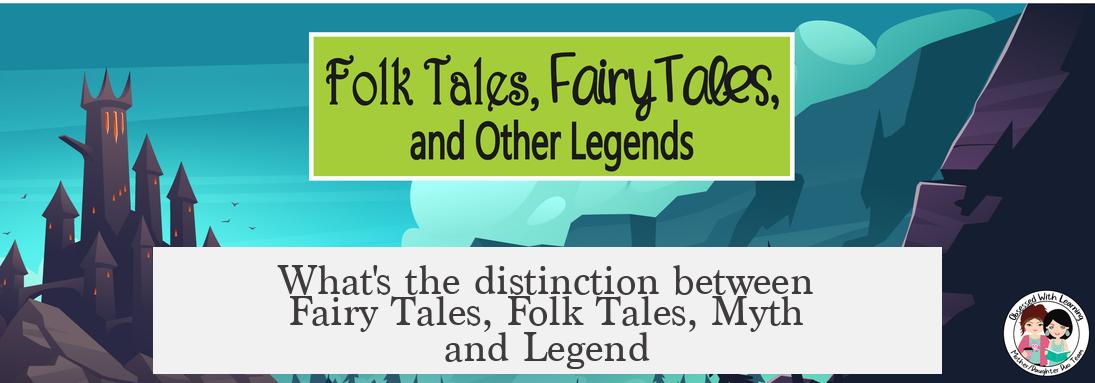
To cut through the confusion and fairy dust, fairy tales, folk tales, myths, and legends each have distinct roles and flavors in the world of storytelling. Fairy tales are often sweetened and made suitable for children, folk tales are imaginative fiction told mostly at night, myths are ancient narratives linked to cultural beliefs, and legends are stories usually told to be believed, often with serious or horrific endings.
Now, let’s unpack these fascinating categories with clarity and a hint of humor—because why not make ancient storytelling an adventurous stroll through time?
The Nighttime Magic: Folktales—A Multi-Episode Fiction Party
Folktales, or Märchen in the scholarly realm, are the original binge-worthy series of storytelling. Imagine sitting by a fire on a long winter night, listening to tales woven across multiple episodes, set in mysterious lands and times where anything is possible. These stories don’t ask for belief—they are pure fiction designed to entertain, often ending with that iconic “happily ever after” that Hollywood still can’t resist.
“Folktales are longer stories, told mostly in the evening and set in fantastic settings. They have happy endings and are meant purely for entertainment,” explains the Introduction to Folklore.
This means when Grandma says, “Once upon a time,” during a cozy winter evening, she’s probably launching into a folktale rather than a pure myth or legend.
Daytime Truths and Warnings: Legends
Switch gears to daytime storytelling, and you find legends. These are the stories people want you to believe. Legends tend to be succinct—sometimes quick one-episode tales—often dealing with extraordinary events or remarkable figures. They’re serious enough to sometimes end in tragedy or with a stern warning, making sure their important message isn’t missed.
- Did you know? Legends can serve different purposes:
- Etiological Legends explain origins (like why the river bends).
- Historical Legends recount heroic deeds of figures such as George Washington or Robin Hood.
“Legends intend the listener to believe the story. They often have horrible endings to reinforce their messages,” the folklore experts note.
Think of legends as the “True Crime” podcasts of the storytelling world—brief, gripping, and designed to teach or caution.
Fairy Tales: The Sweetened, Kid-Friendly Folktales
Now, fairy tales straddle the line between folklore and childhood bedtime stories. The term “fairy tale” is tricky because it’s often used for stories that began as folktales but were later “abridged and sweetened” for children. That means many original fairy tales were far from the sugar-coated versions you might recall—they were darker, sometimes violent or even sexual. Oops, Disney didn’t tell you everything!
Originally, fairies, elves, and trolls were formidable. They were feared, not cherished as cuddly creatures. European peasants regarded these supernatural beings with both respect and dread.
In the late 18th century, the Grimm brothers and others began publishing these tales for children, often diluting the original harshness. Folklorists point out that real “fairy tales” were not for children but adult listeners, rich in complexity and sometimes danger.
So, next time someone dismisses a story as “just a fairy tale,” remind them it probably started as a potent folktale meant to thrill the grown-ups.
Myths: The Ancient Blueprints of Culture and Belief
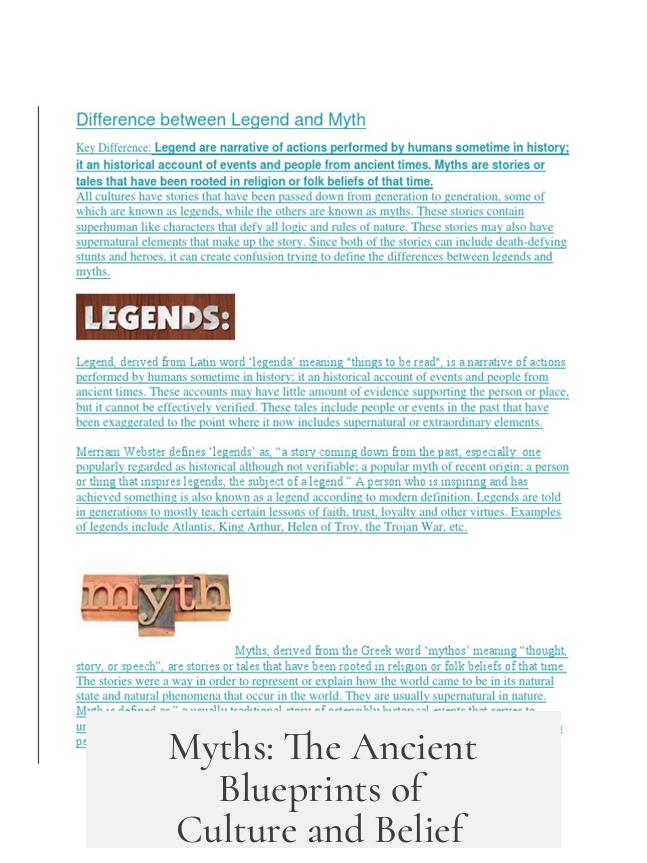
If fairy tales are more like fantasy TV shows and legends are cautionary tales, myths stand as profound cultural documentaries. These are ancient narratives often built by priests or literate groups to create a comprehensive worldview. Myths deal with gods, the origins of the world, and social orders.
However, calling living religious beliefs “myths” can be offensive. The term can carry a derogatory or dismissive tone when misapplied to active faith systems. So, myths should primarily be reserved for ancient, extinct belief systems.
“Myths are artificial constructs integrating folk traditions, often elevating supernatural beings to god-like status—not to be confused with religion itself,” scholars clarify.
Think of myths as the grand narratives that helped ancient people make sense of their world, before science or philosophy stepped in.
Quick Comparison at a Glance
| Category | Nature | Storytelling Time | Purpose | Typical Ending | Notes |
|---|---|---|---|---|---|
| Folktale (Märchen) | Multi-episode fiction, fanciful setting | Nighttime, especially winter | Entertainment (not true) | Happy ending | Oral tradition, adult audiences, variable |
| Legend (Sagen) | Brief, believed narrative on events or heroes | Daytime mostly | To be believed; instructive | Often tragic | Includes etiological & historical types |
| Fairy Tale | Published, abridged folktales; often children’s stories | Post-publication reading | Children’s entertainment | Usually happy | Origins darker; supernatural beings powerful |
| Myth | Ancient complex narratives on gods & origins | Ancient cultural setting | Cultural explanation, religion-related | Varies | Subject to respect; not synonymous with religion |
Why Should You Care About These Distinctions?
Understanding these differences isn’t just academic nitpicking. It helps appreciate the rich diversity of storytelling traditions and respect the cultural contexts they come from. If you’ve ever wondered why a ghost story told by a grandma has a different vibe than a Disney movie, or why calling a living belief system’s story a “myth” could cause offense, this distinction clears the fog.
Next time you share a story, whether it’s a bedtime yarn or a cultural legend, you’ll know precisely what kind of tale you’re spinning. And that, dear reader, makes you a better storyteller and a wiser listener.
Wrapping Up: Stories Matter, But So Do the Labels
Fairy tales, folk tales, legends, and myths each bring unique value. Folktales whisk us away to magical nights. Legends ground us with lessons and belief. Fairy tales introduce children (and adults) to entertaining fantasy, often softer than their origins. Myths root communities in shared meaning and history.
So, the next time you’re asked, “Is that a fairy tale or a legend?” you can confidently answer, armed with lore and a knowing smile: It depends on the time it’s told, the audience, and the tale’s true intent.
What key features distinguish a folktale from a legend?
Folktales are multi-episodic stories set in fanciful times or places. They are told mainly at night and end happily. Legends are generally brief, often a single episode, told to be believed, and may end badly.
How do fairy tales differ from folktales in their traditional form?
Fairy tales are often folktales that include supernatural beings like fairies. Traditionally, they were not for children and could be violent or sexual. Today, fairy tales are sanitized versions intended for kids.
Why is the term “myth” considered sensitive or problematic in some contexts?
Myth refers to ancient narratives tied to extinct beliefs. Calling living religious stories myths can offend because the term implies superstition or falsehood, which can dismiss current faiths.
What is the main purpose of legends compared to folktales?
Legends aim to be believed and often teach lessons or warnings. Folktales focus on entertainment and usually have happy endings, without an intention of belief.
Can myths include folktale elements, and how are they different?
Yes, myths can blend in folktale elements but are generally complex narratives explaining origins or gods. Folktales are simpler, fictional stories made for entertainment.
Are fairy tales always harmless stories for children?
No, originally fairy tales were not altered for children and featured dangerous supernatural beings. The modern view of fairy tales as “innocent” is a recent development.
